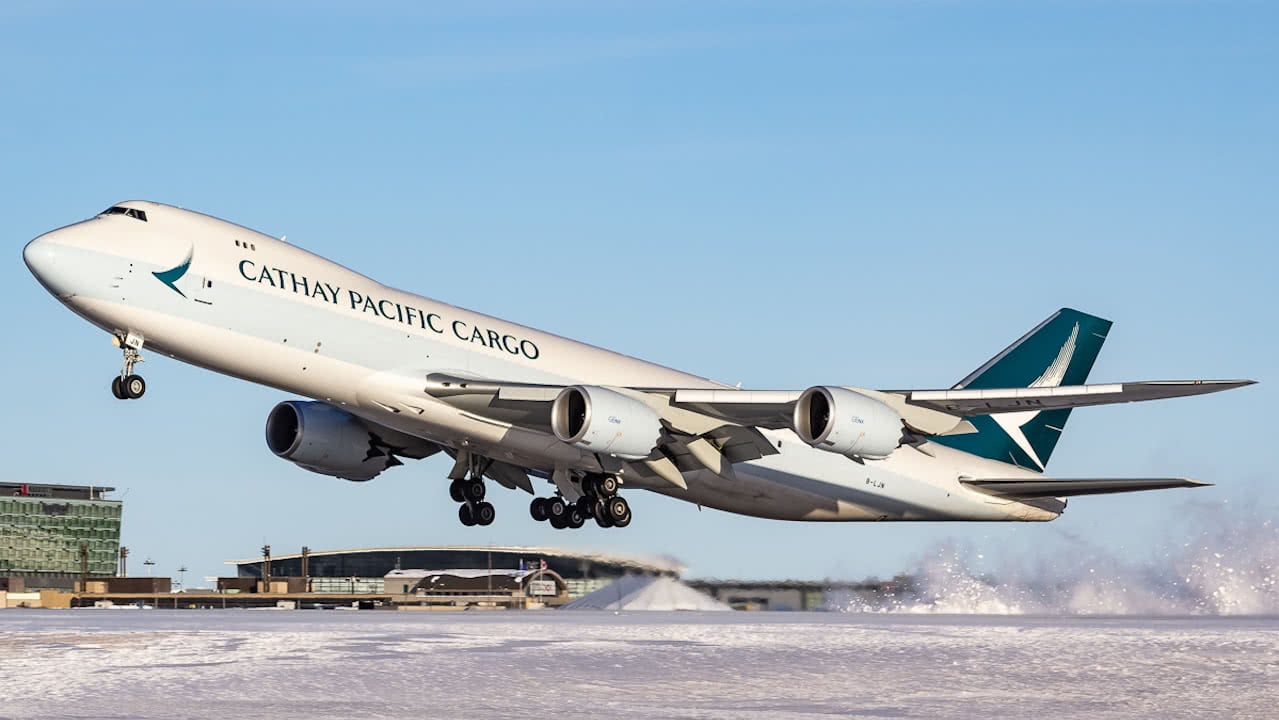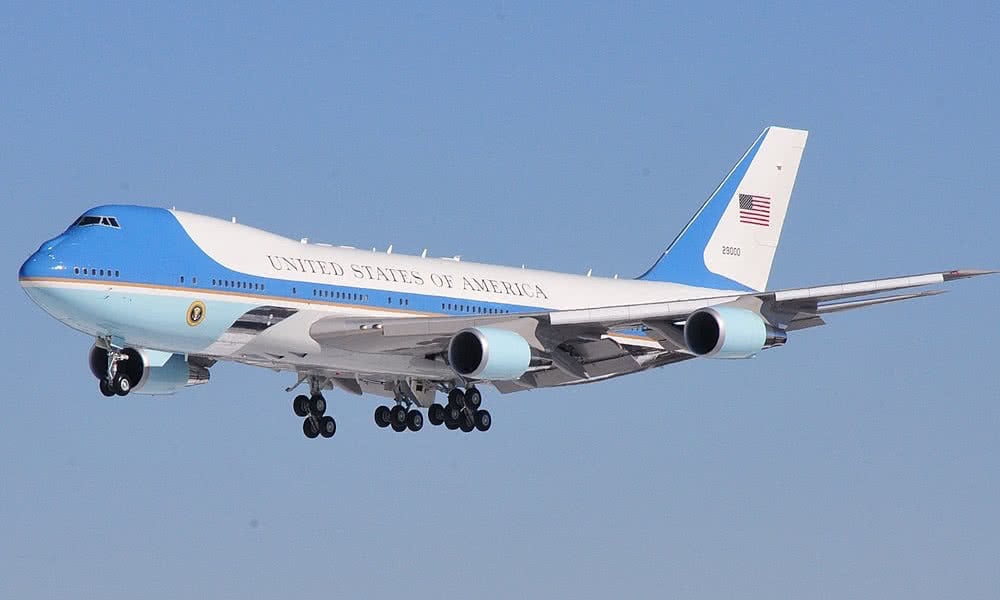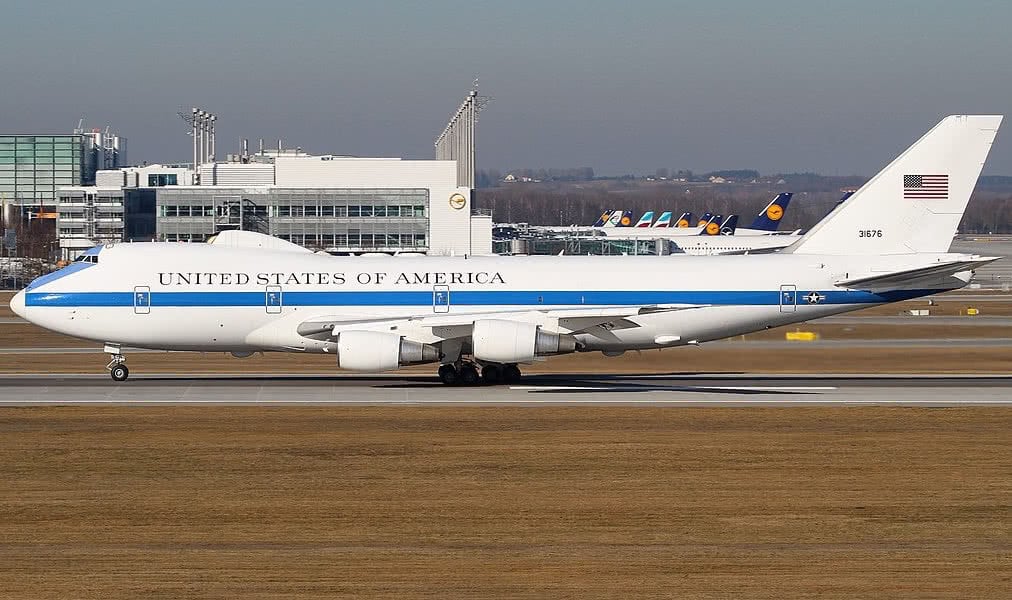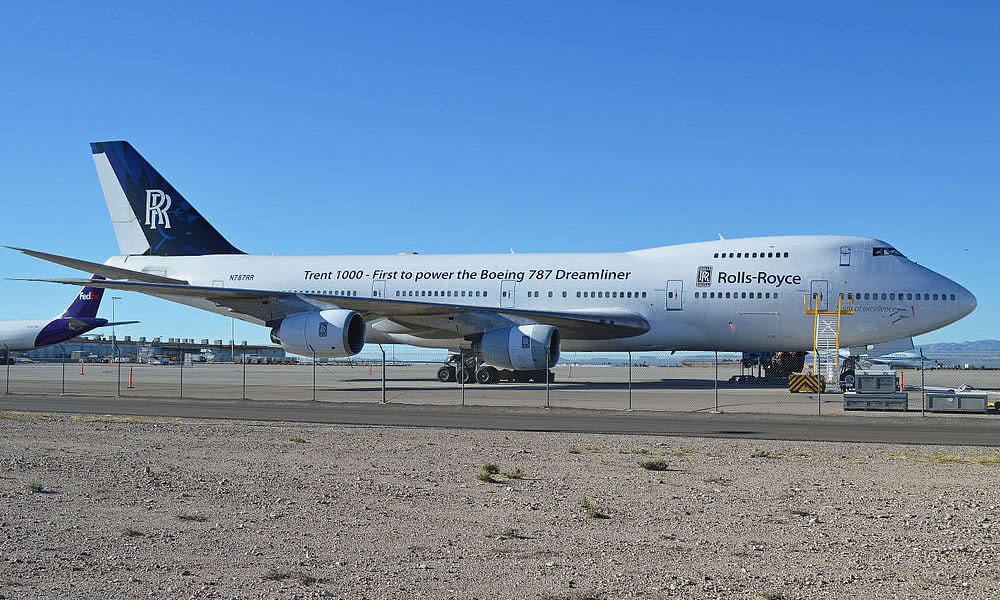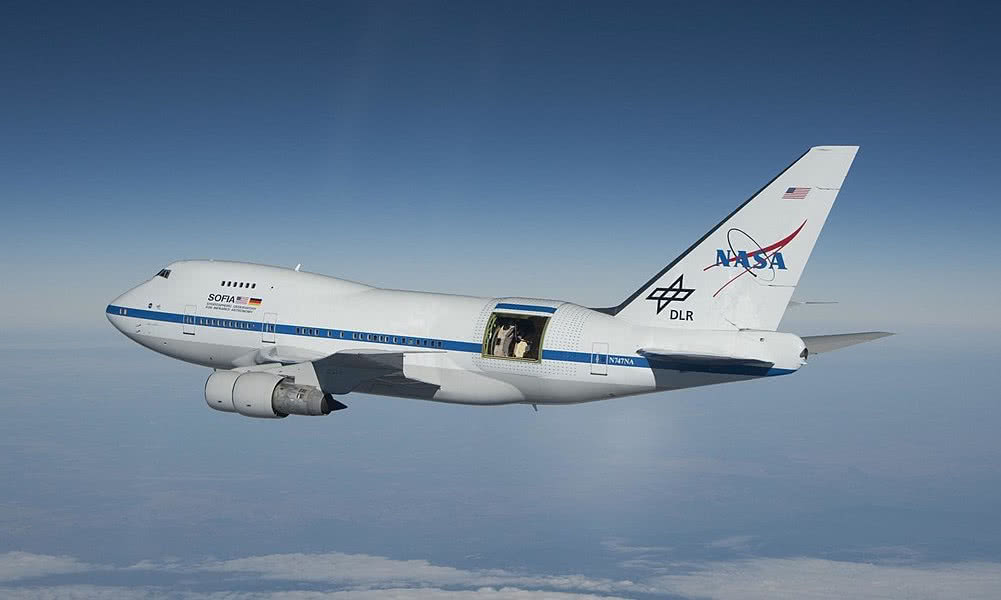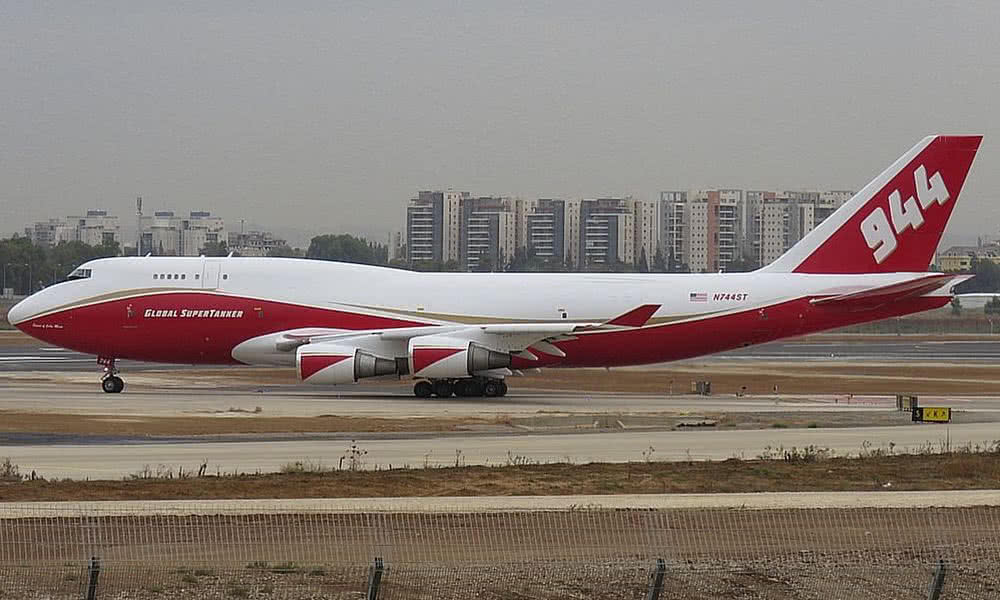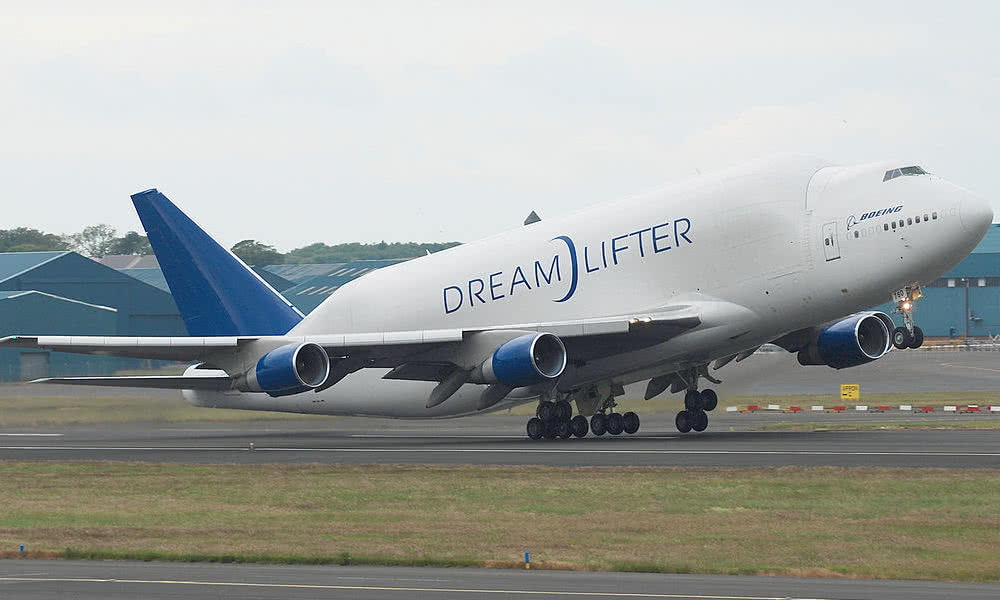The last Boeing 747 left Boeing’s Everett factory last December to end a historic era for aviation. The last unit will be delivered to Atlas Air Worldwide.
To speak of ‘The Queen’, the colloquial name by which the B747 is referred to by “air geeks”, is to speak of more than five decades of history; its launch was a revolution.
The Boeing 747 has been responsible for making large transcontinental flights accessible to the vast majority of the population, since its introduction allowed a significant reduction in ticket prices.
But do you want to know more about the Boeing B747? In today’s post, we tell you interesting facts, everything about its origins and, in addition, we list the most famous B747s in the world. Will you join us?

